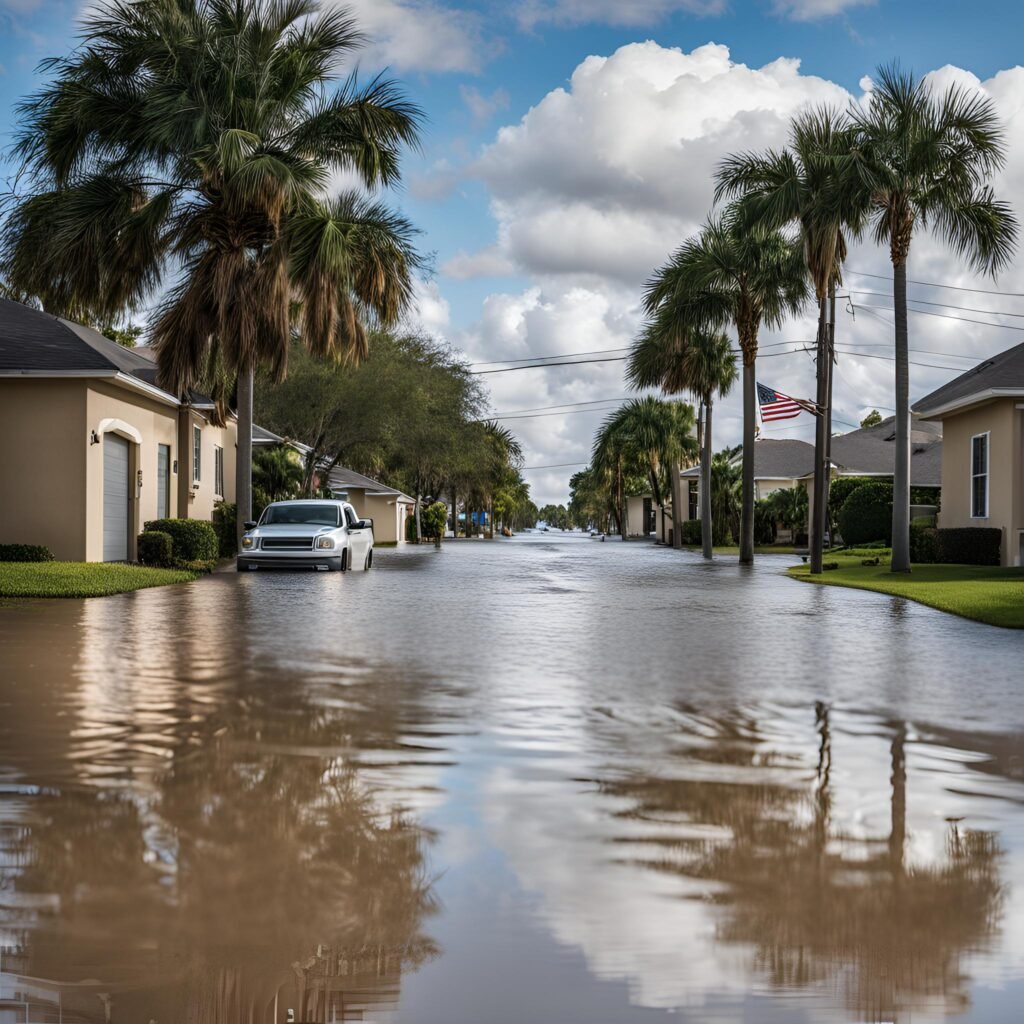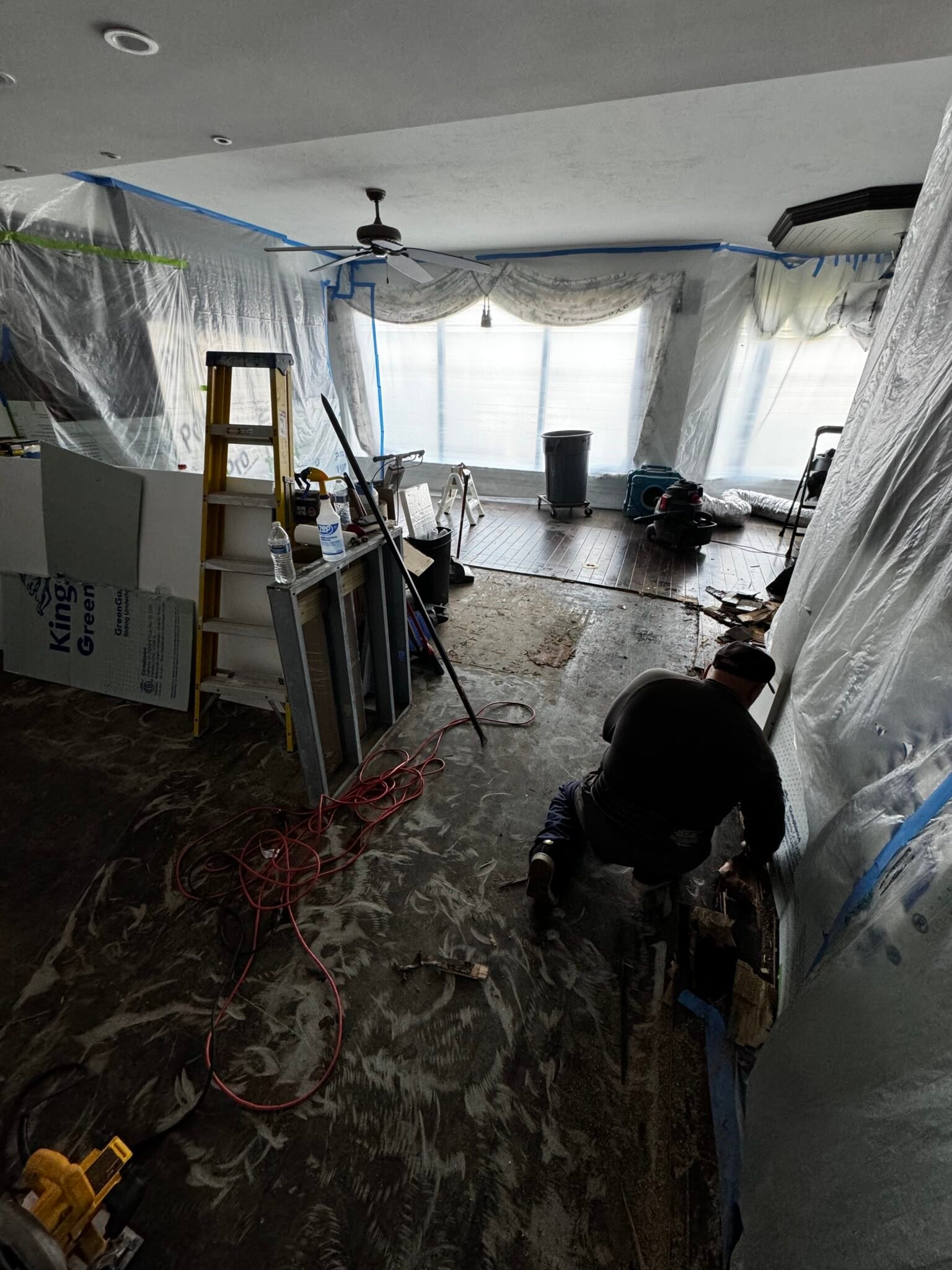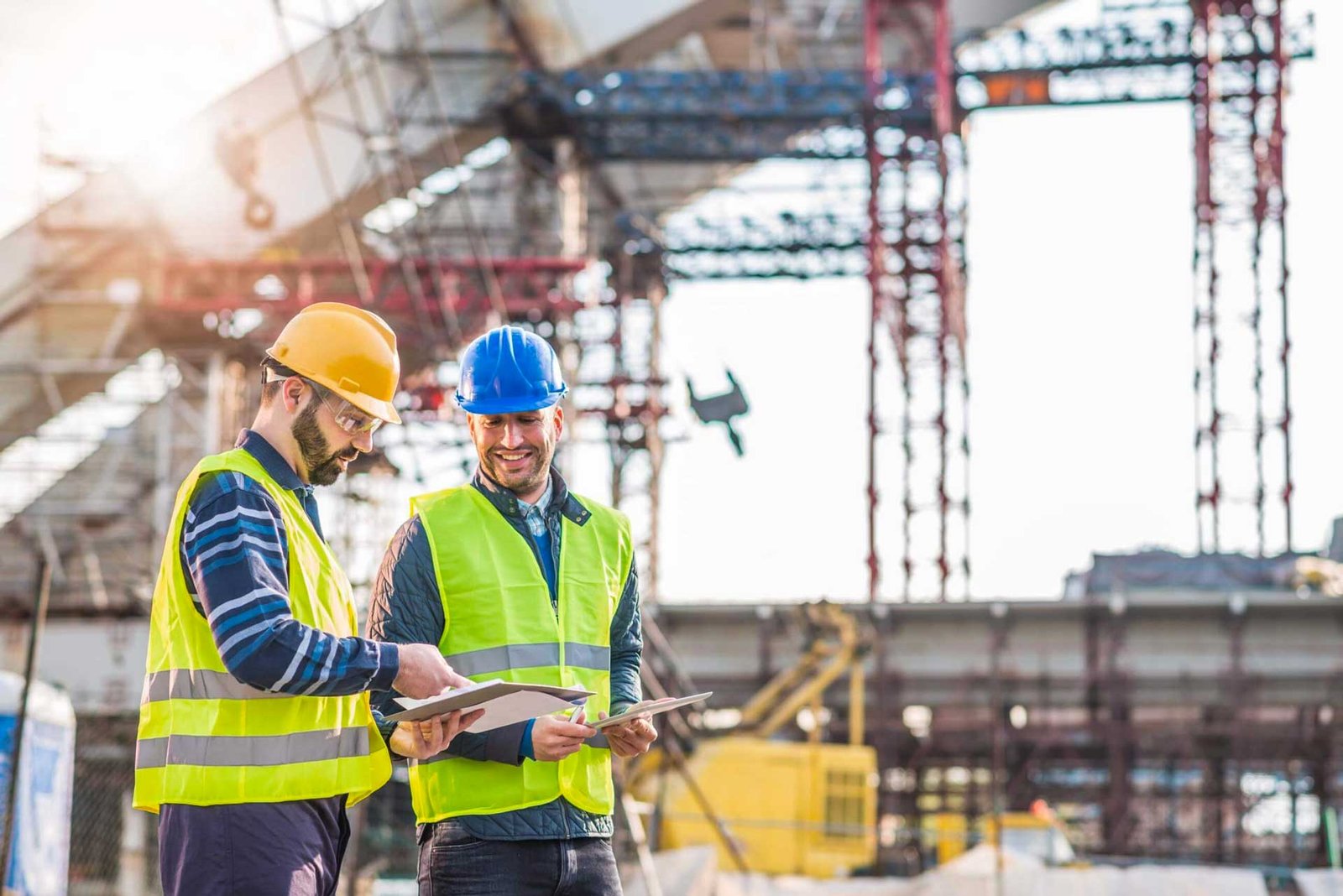Hurricanes have long shaped Florida’s landscape, bringing devastating winds, heavy rainfall, and widespread destruction. The state’s construction industry faces a unique challenge—rebuilding communities while simultaneously adapting to stricter regulations and evolving building technologies. Every hurricane season, projects are delayed, costs surge, and developers must reconsider how to make structures more resilient against extreme weather. In this article, we’ll explore the major challenges hurricanes pose to Florida’s construction industry and the innovative solutions that are emerging in response.
Hurricane Damage and Delays in Construction
Each year, hurricanes disrupt construction projects across Florida, halting progress and driving up costs. High winds can damage partially completed buildings, destroy job sites, and delay material deliveries. After a storm, contractors often struggle with labor shortages as workers focus on disaster recovery efforts rather than ongoing projects.
One of the biggest issues is material scarcity. After a major storm, demand for construction materials skyrockets, causing price spikes for items such as lumber, concrete, and steel. Supply chain disruptions can also delay projects for months, further increasing costs for developers and homeowners. The rebuilding process often prioritizes emergency infrastructure, meaning residential and commercial projects take a backseat until critical repairs are completed.
The Rising Cost of Hurricane-Resistant Construction
Florida’s building codes have become increasingly strict in response to hurricanes. Homes and commercial structures must now meet higher wind-load requirements, use stronger materials, and incorporate reinforced foundations. While these measures improve safety, they also drive up construction costs.
The Florida Building Code requires that new homes and buildings be designed to withstand winds of at least 130 mph in many areas, with some coastal zones requiring structures to endure up to 180 mph winds. Features such as impact-resistant windows, reinforced roofing, and elevated foundations are becoming standard. While these upgrades protect properties, they add thousands of dollars to construction costs, making homeownership more expensive for Floridians.
Insurance companies have also raised premiums for properties in hurricane-prone areas. Developers must factor in rising insurance costs when planning new construction, which can sometimes make projects financially unfeasible.
Innovations in Hurricane-Resistant Construction
To combat the increasing threat of hurricanes, Florida’s construction industry is turning to innovative building materials and techniques.
One of the most promising advancements is hurricane-resistant concrete. New formulas, such as ultra-high-performance concrete (UHPC), provide greater durability against extreme winds and flooding. Additionally, 3D-printed homes are gaining popularity in Florida, offering reinforced walls that are more resistant to structural damage from storms.
Another major innovation is aerodynamic building design. Architects are now designing structures with curved roofs and reinforced corners to reduce wind pressure. The goal is to prevent hurricanes from lifting roofs off buildings, one of the most common causes of storm-related damage.
Flood-resistant construction is also becoming a priority. Many coastal communities in Florida are requiring buildings to be elevated several feet above sea level, reducing flood risk. Smart drainage systems and flood barriers are being integrated into commercial developments to protect against rising water levels.
The Future of Construction in Hurricane-Prone Areas
With climate change contributing to stronger and more frequent hurricanes, Florida’s construction industry must continue evolving. Developers are increasingly looking at sustainable and storm-resistant materials, while policymakers are enforcing stricter building codes to enhance long-term resilience.
Investment in smart construction technology is also growing, with AI-driven modeling helping engineers design hurricane-proof structures. Drones are being used to assess storm damage and monitor job sites more effectively, improving response times after natural disasters.
As Florida continues to grow, the construction industry faces a crucial challenge: balancing cost-effective building practices with the need for hurricane resilience. The demand for storm-proof homes, stronger commercial buildings, and sustainable infrastructure will only increase, making innovation in this sector more important than ever.
Conclusion
Hurricanes pose a significant challenge to Florida’s construction industry, causing delays, increasing costs, and reshaping building practices. However, advancements in materials, design, and technology are helping developers create stronger, safer, and more durable structures. By continuing to innovate and adapt to climate realities, Florida’s construction industry can build a more resilient future for residents and businesses alike.







